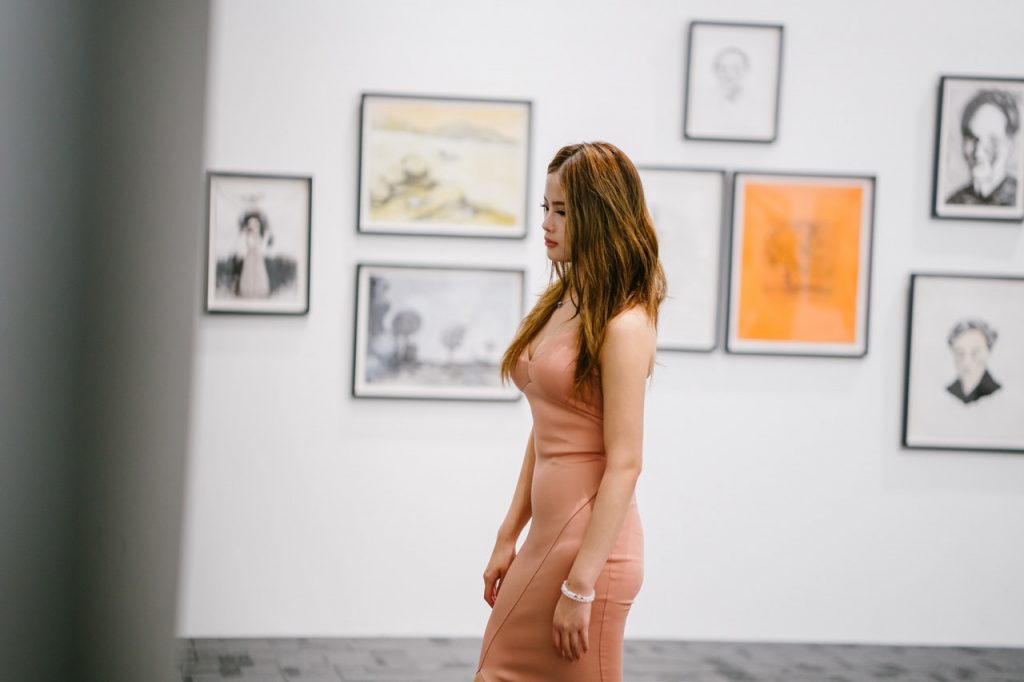For 10 consecutive times this summer, Aha School chose 130,000 Chinese kids to go on a virtual tour of several of the world’s best museums, from the Louvre to the Guggenheim, the Vatican into Tokyo’s National Science Museum.
Daily, parents and kids signed into see a 90-minute live broadcast by another museum followed by an interactive conversation series, around for the lowly cost of ¥19.9.
The idea initially came to Wang Yuhao, founder and CEO of this digital education stage, on a trip to Sichuan to research how education might help bring kids from poverty. “I suddenly wondered whether it would be possible to give these children the chance to experience a few world-class museums”, he stated, also with at least 100,000 households aboard, it could be possible to do this for the cost of just a meal.
The ten museums picked covered a wide spectrum across art, science and history, but the last record was subject to constraints as a few museums were far more cooperative than other people or just faster to react. Practicality of filming, the target market and the importance of each display showcase all came into play when inventing the material for every application.
“Our biggest obstacle”, Wang explained, “was doubt”. When they started, museums confirmed nothing. No museums were verified, no anchors, they had not determined which displays would be discussed, nor the script or the way Wang would deliver the program.
The project has been very much a living one, an educational clinic in itself, from idea to implementation. While kids were guided almost through every memorial, parents concurrently wrote reams of remark, which Aha School subsequently utilized to enhance the broadcast to the subsequent day. “My daughter is transfixed and we adults can enjoy it too!” wrote one parent, “We’d like to see more of the museum itself and the beautiful architecture”.
Many parents and kids watching voiced their hopes for comparable broadcasts, permitting them to almost experience areas outside of China minus the costs or hassle of travelling. But not everybody found it their cup of tea. Some stated they could read much better introductions to those paintings on Baidu or else they were just distracted and confounded by particulars; “Why is the host wearing slippers?”
Obviously, most of this info could be found on the internet, but what made this special was its live facet.
The task was to piece together these pieces of information and also to allow kids to digest them and the secret to the broadcasts would be to enthuse kids, to make them curious.
They did so, not by filming after hours looking for an ideal quiet shot, but by filming out of bustling museums where normal folks walked through also enjoying the glass showcase displays, sometimes even obstructing displays, giving audiences a feeling that they too are there. In one instance, the Guggenheim in New York revealed such great support that they provided to film following closure and organized a curator to talk about the artworks via a translator.
Summer vacations shouldn’t be spent nose in novel learning English, maths and science. That is what college is for. To provide over 100,000 kids the opportunity to travel the world and nearly visit museums out of their own house is a remarkable accomplishment and shows that the potential and power of digital learning platforms. Through assistance from individual contributions, Aha School was also able to provide some kids this opportunity at no cost, where ¥19.9 goes considerably farther than only 1 meal. We anticipate around two in February!
